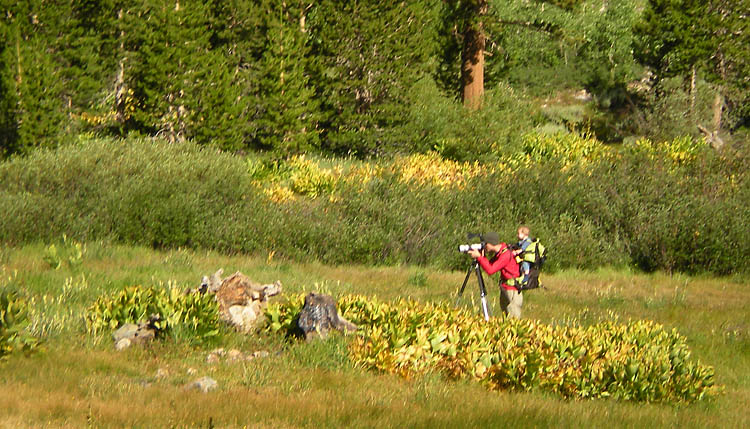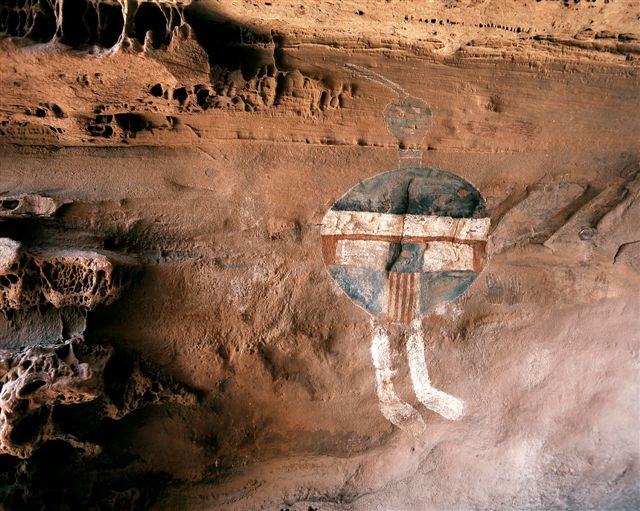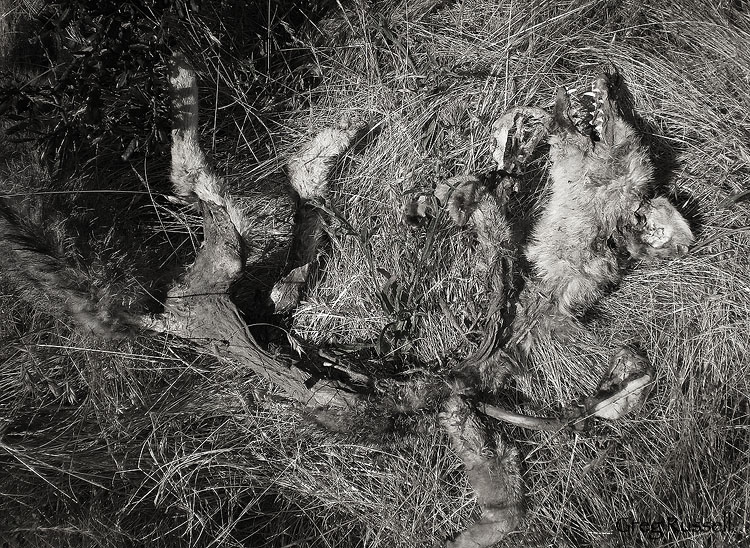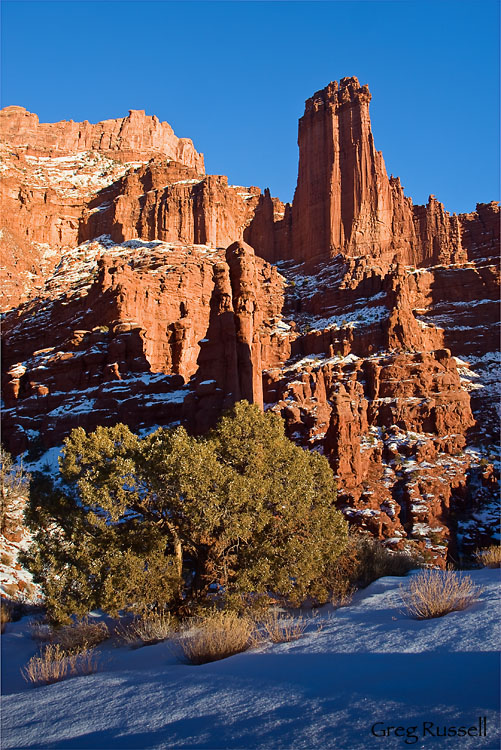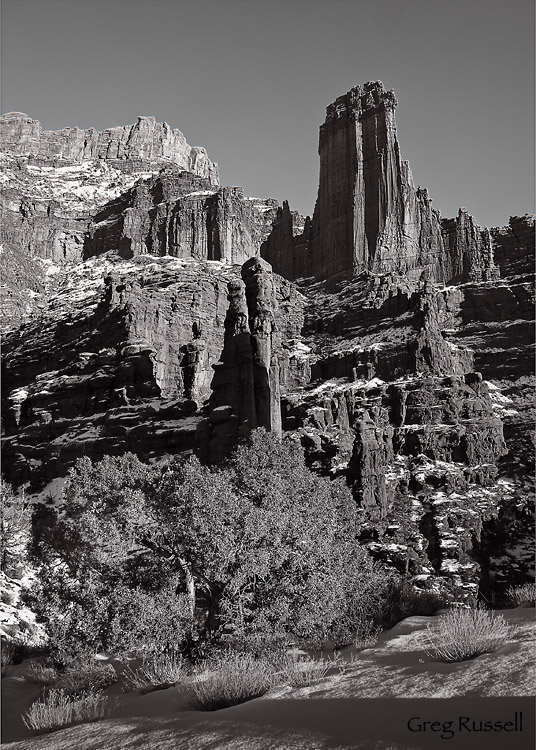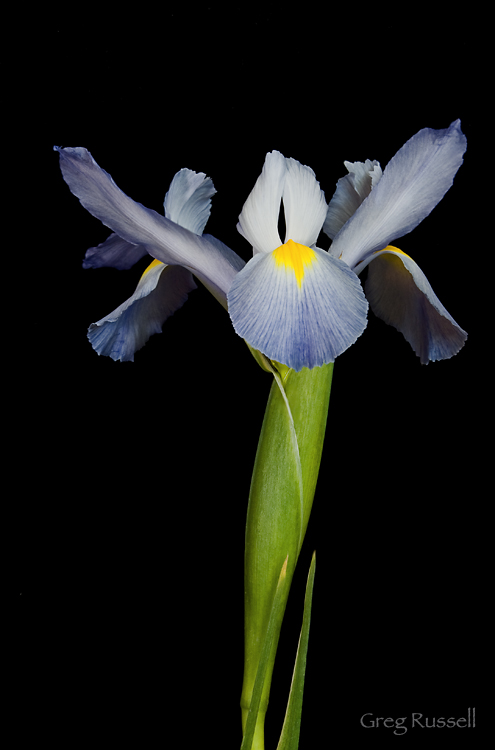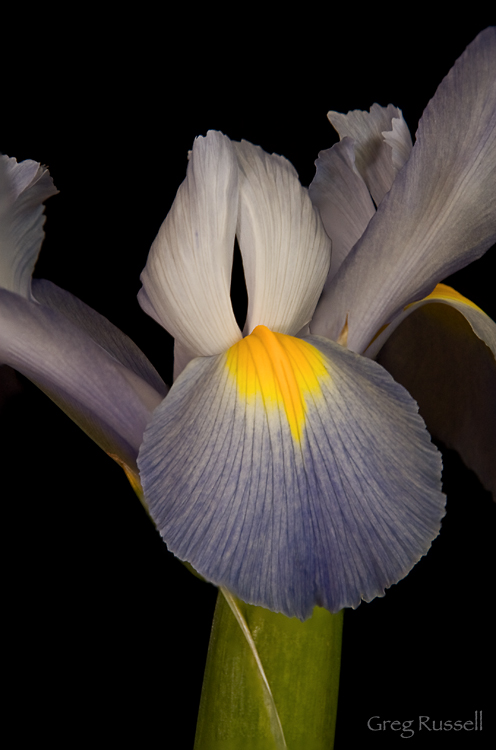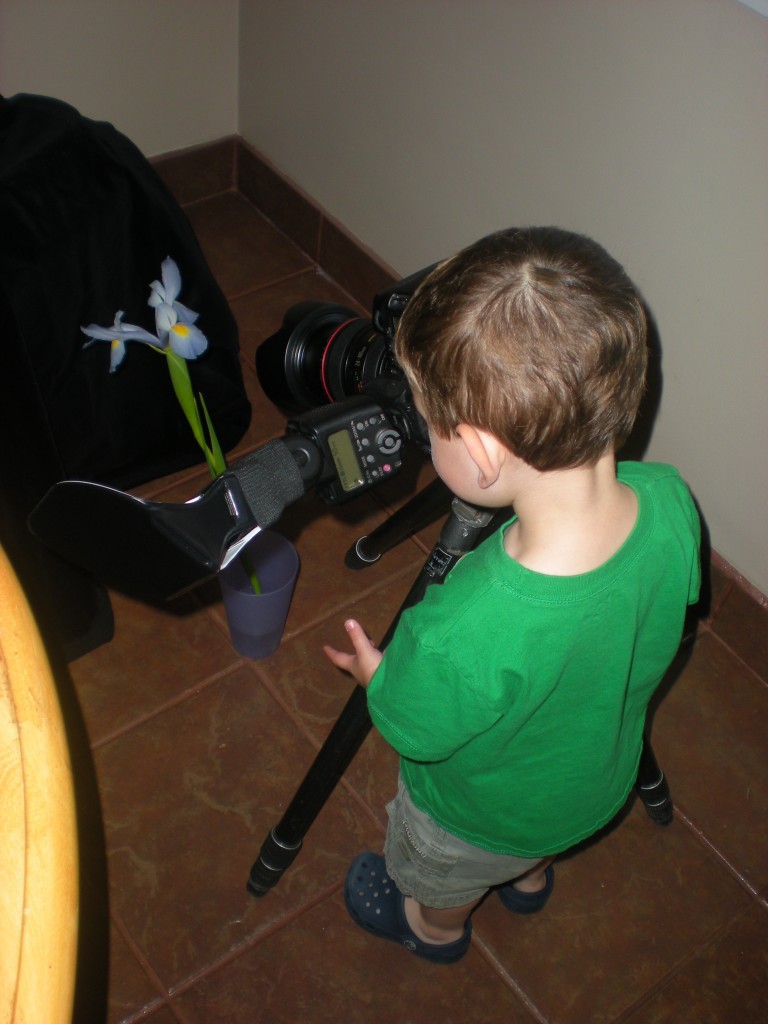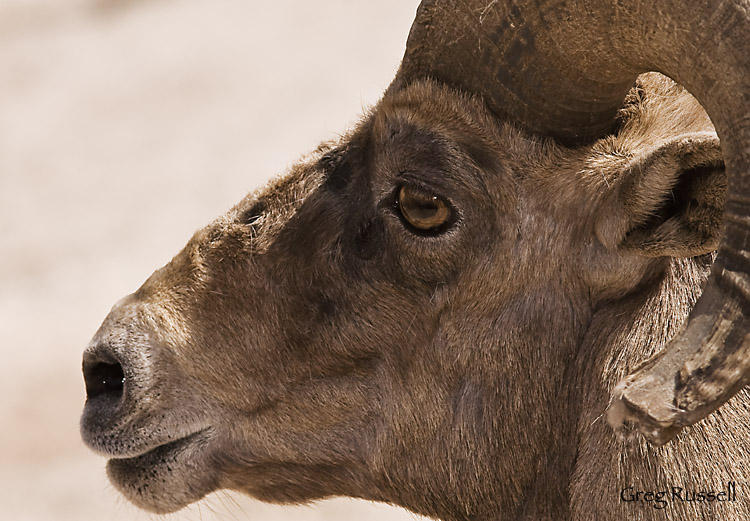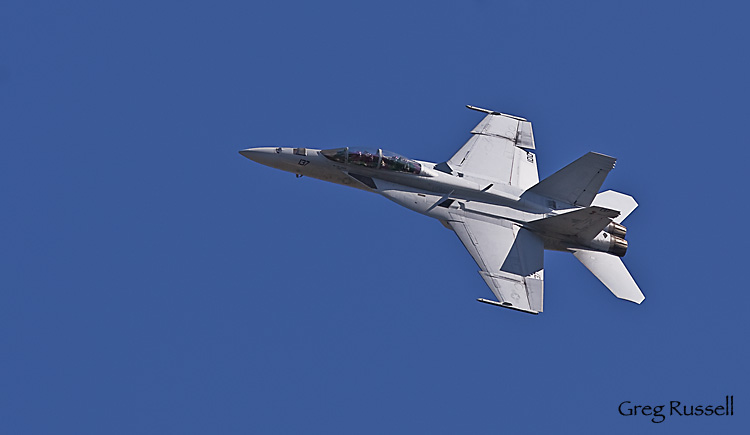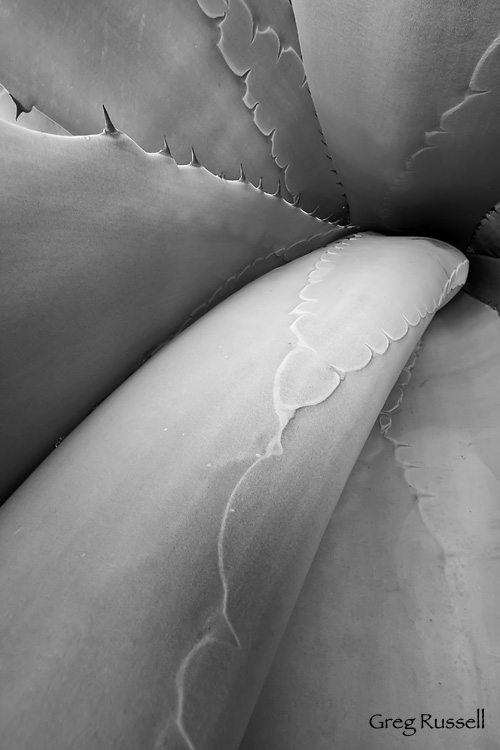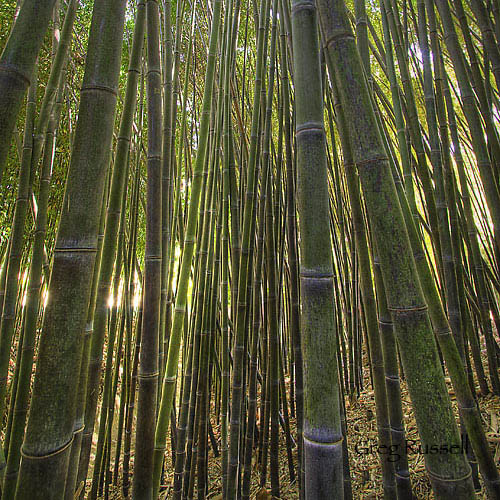Last week, I had the opportunity to visit Channel Islands National Park, located off the southern California coast. The park consists of five islands–Anacapa, Santa Cruz, Santa Barbara, San Miguel, and Santa Rosa–each one with a different ecology and endemic species. For my first trip out there, I chose to visit Anacapa Island, as it is the most accessible from the mainland, and it has a very unique ecology from the other islands (its geologic origins are different from the other islands too).
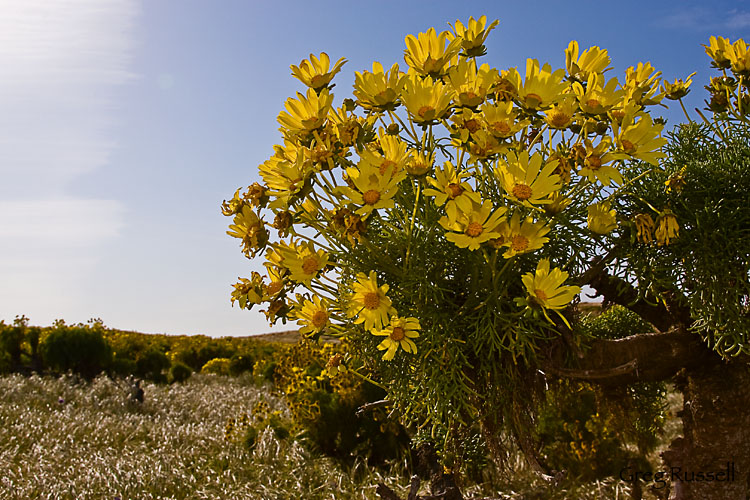
Coreopsis blooms on Anacapa Island, April 2010
We almost didn’t arrive on the island, as landing is difficult on Anacapa, and the presence of a large swell almost prevented them from dropping us off. Luckily, the ocean smoothed out by the time we arrived in the landing cove, so we were able to get off and walk up all 153 stairs to the island. As I had hoped, the Coreopsis, or tree sunflower, blooms were going strong (the only place you find these flowers is on Anacapa Island and a small patch of land on the mainland). However, joining us in our relative solitude were ~50,000 nesting Western Gulls. Have you ever shared a small space with that many gulls? If you haven’t, its…ummm…noisy. 🙂
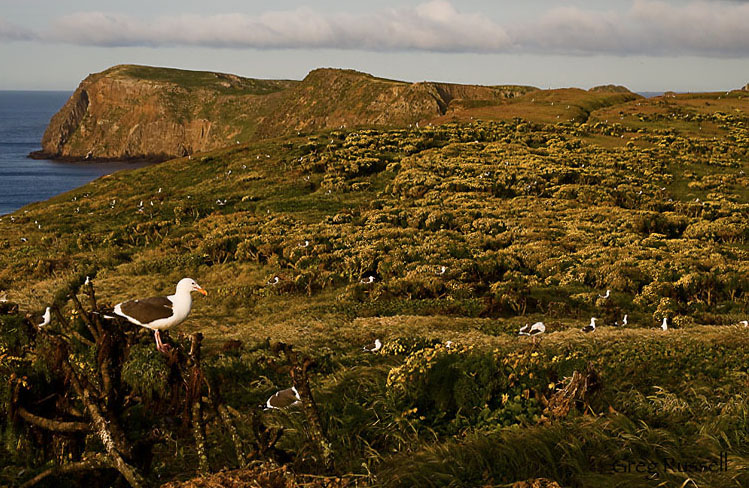
Western Gulls on Anacapa, April 2010
With only 1.5 miles of hiking trails, Anacapa is an easy island to scope out for potential photo compositions. I spent the afternoon looking for intimate compositions on the island before the sun went down. With gulls everywhere, it was only natural to include them in my shots.
About 1 hour before sunset, the wind started blowing. While not bad at first, by the time we walked to Inspiration Point for sunset, it was a full-blown gale. With wind gusts at nearly 50 miles per hour, how do you keep your tripod in place? Make a friend anchor it, of course!
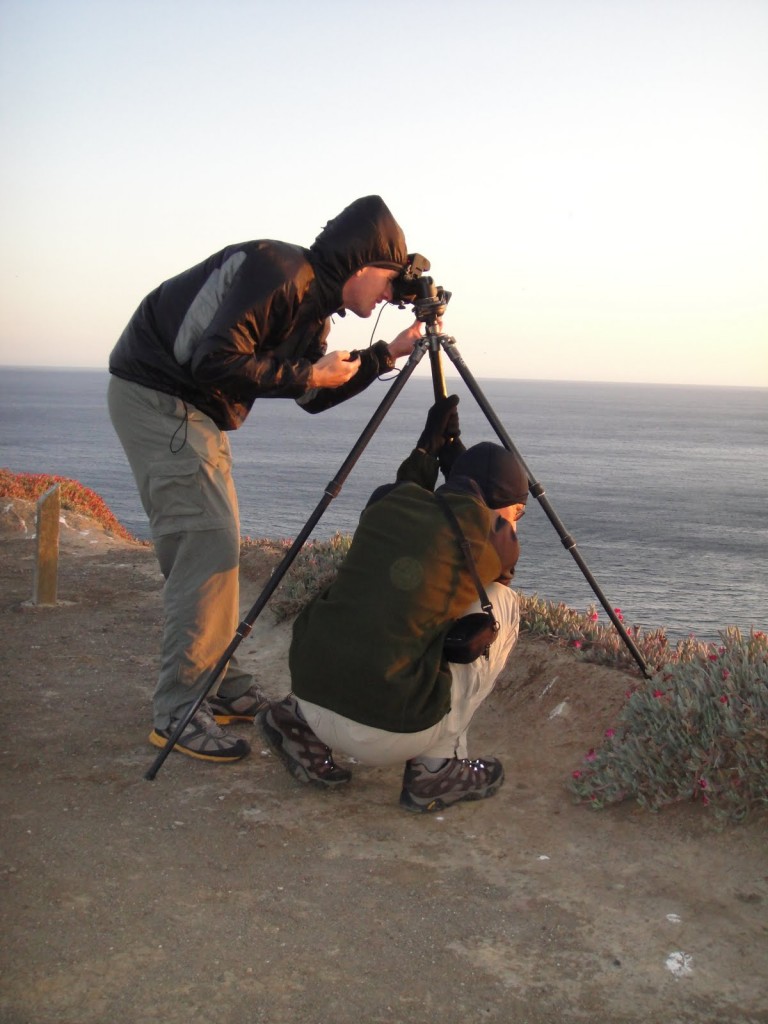
How to anchor a tripod in the wind
By the time the sun went down, and we arrived back at camp, the wind was blowing significantly harder: I’d guess it was sustained around 45-50 miles per hour, and gusts were nearly 65 mph (it bent and broke some of our tent poles). We used guy lines to better secure our tents and went to bed. It is difficult to sleep when your tent is continually hitting you in the face and chest. After a few sleepless hours, I got up to a beautiful, windless sunrise over the Pacific.
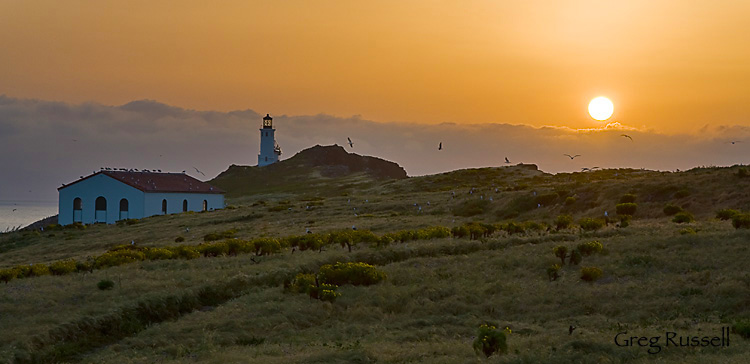
Anacapa morning, April 2010
The photo above shows the water house and the light house on Anacapa (along with a whole bunch of our “friends”).
After packing up and hauling our gear down to the dock, it was time to head home. Despite the smell and constant sound of the nesting gulls, and the hurricane-force winds, it was a very rewarding visit to Anacapa Island, and I look forward to visiting the rest of the Channel Islands in the near future.
To see all my photos from Anacapa Island, click here.


